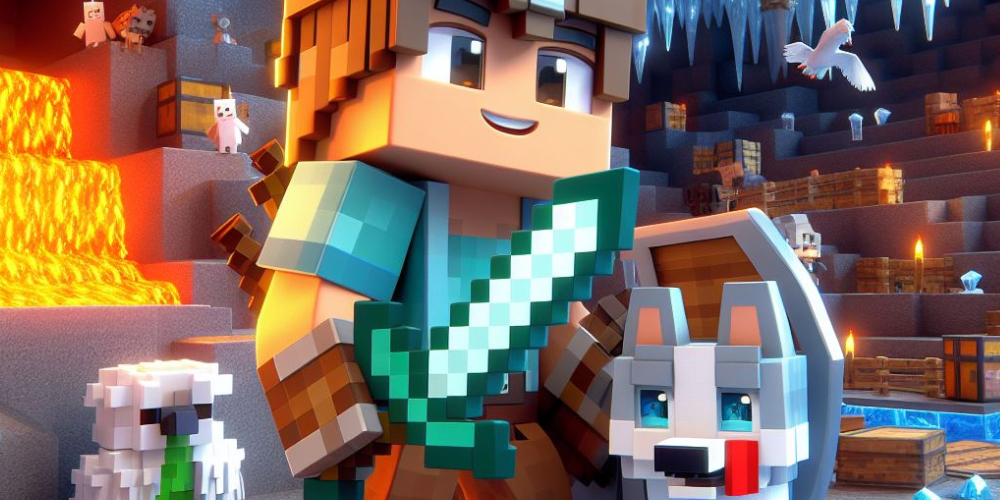Beginner’s Guide to Crafting in Minecraft

Minecraft’s endless world of creation is underpinned by its core mechanic: crafting. Whether you're constructing simple tools or complex mechanized structures, understanding crafting is essential. This guide will navigate through the basics to more advanced crafting secrets, ensuring you have the foundation to bring your Minecraft visions to life.
Understanding the Crafting Interface
Before diving into crafting, you must familiarize yourself with the crafting interface. By right-clicking on your crafting table, you can access a grid that enables you to merge items and forge new creations. The layout and size of your crafting grid will depend on whether you're using a crafting table, your personal crafting grid, or an anvil.

Gathering Basic Materials
The first step in crafting is gathering materials. Wood, stone, and ores are fundamental components you'll need. Wood is commonly obtained from trees, stone from mining, and ores by delving deeper into the earth. Keep a good stock of these materials, as they are the building blocks of most recipes.
Creating Your First Crafting Table
A crafting table is crucial for advanced crafting in Minecraft. To create one, simply place four wooden planks in your personal crafting grid. This expands your crafting abilities from a 2x2 to a 3x3 grid, unlocking a multitude of new crafting recipes.
Basic Crafting Recipes
Start with simple recipes to get the hang of crafting. Tools like pickaxes, shovels, and swords are essential for gathering materials and defending yourself. Each tool requires sticks and a specific material such as wood, stone, or iron. These recipes follow logical patterns that hint at the shape of the desired item.

Navigating Advanced Crafting
As you progress, you’ll encounter recipes requiring more exotic materials and intricate designs. Items like clocks, compasses, and maps require rarer materials and a crafting table. Understanding the specific placement of materials in the crafting grid is key to producing these advanced items.
Utilizing the Recipe Book
If remembering every recipe seems daunting, Minecraft’s Recipe Book is your best friend. Recipes that are unlocked get automatically included in your book, enabling you to apply filters and search for particular items. This tool is invaluable for quickly crafting items without memorizing complex patterns.
Experimenting with Redstone Crafting
Redstone introduces a world of mechanization and automation into your builds. Crafting with Redstone allows you to create switches, pistons, rails, and more. These elements can be employed to build intricate machinery or simple door mechanisms, enhancing your Minecraft experience.

Crafting with Enchantments
Enchantments add magical properties to your tools, weapons, and armor. Crafting an enchantment table (requiring diamonds and a book) unlocks this ability. By combining experience points and lapis lazuli with your items, you can imbue them with various enhancements such as increased durability or damage.
Mastering Potion Brewing
Crafting isn’t limited to tangible items. Brewing potions is a complex but rewarding aspect of crafting. With a brewing stand, water bottles, and various ingredients (like Nether Wart and blaze powder), you can create potions that heal, enhance strength, or even make you invisible.

Final Thoughts on Crafting Mastery
Mastering crafting in Minecraft is a journey of discovery and innovation. Start with the basics, then gradually explore more complex recipes as you gather materials and gain confidence. Remember, the essence of Minecraft is experimentation and creativity, so don’t be afraid to try new crafting ideas as you become a crafting master.












